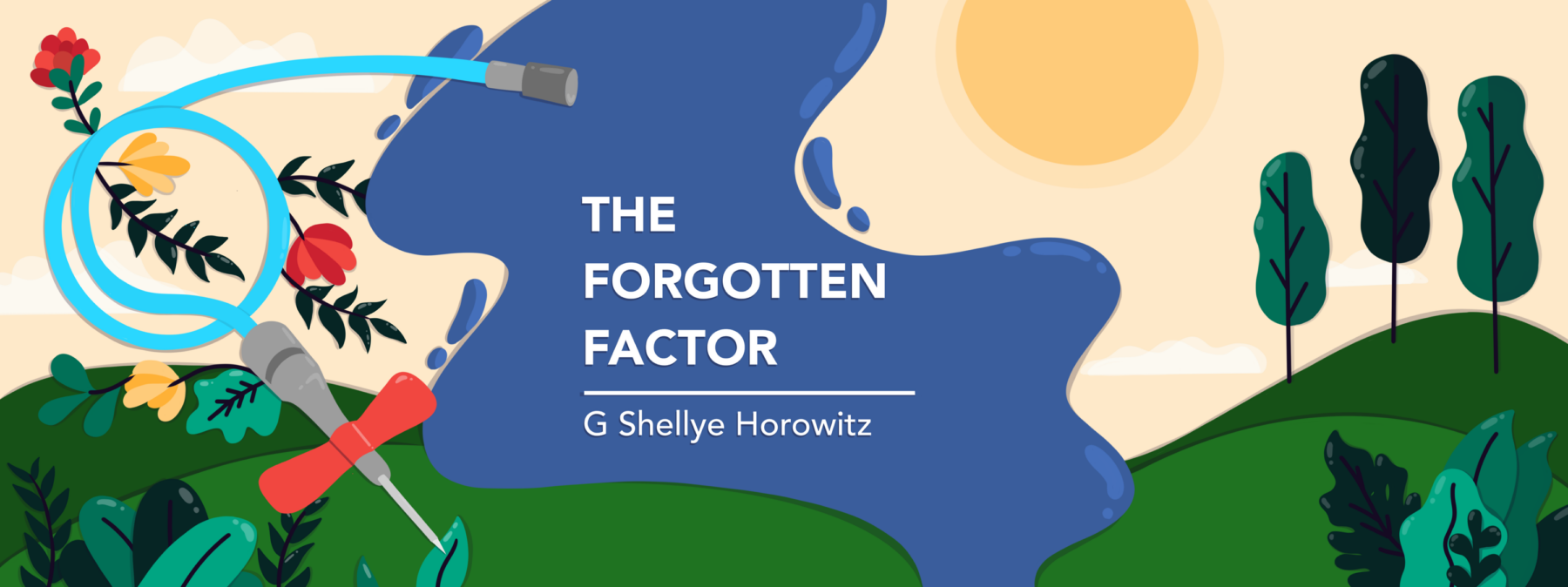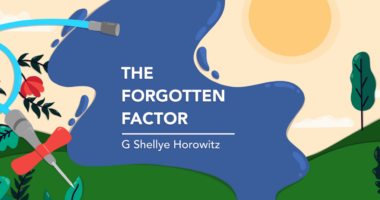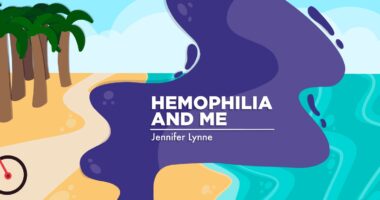What decades-long diagnosis delays mean for women with VWD
A columnist chats with 4 women about their struggles to be diagnosed

Laughable.
That’s how Heidi Bentz and Lucrecia E. Choto, two women who struggled for years to receive a proper diagnosis of von Willebrand disease (VWD), described the results of a 2004 survey by the U.S. Centers for Disease Control and Prevention (CDC) of 75 women who had the disorder and were being treated at specialized hemophilia treatment centers (HTCs).
The CDC found that the average time between the onset of bleeding symptoms for these women and their diagnosis was 16 years. But Bentz and Choto are convinced that the journey to a VWD diagnosis for many women is significantly longer, if a diagnosis is obtained at all.
For this column, I chatted via email with four women to better understand their challenging and lengthy diagnostic journeys. Bentz, who lives in California, was diagnosed at the age of 52. In Missouri, Samantha Britz was diagnosed at 28. Deanna Reynolds, of Utah, was 29. Choto, who lives in Washington state and had symptoms at 5 years old, wasn’t diagnosed until she was 41.
An article in the American Journal of Preventive Medicine published 10 years after the CDC survey noted that approximately 2 million women in the U.S. may have an undiagnosed bleeding disorder. The struggles the four women shared with me helped me to understand why so many women remain undiagnosed.
‘Suffering in silence’
The challenges to a VWD diagnosis are certainly real enough. A lack of awareness of the signs and symptoms of bleeding disorders is problematic for both medical professionals and undiagnosed women alike. While some women seeking answers aren’t taken seriously, others assume their bleeding is normal and don’t seek help.
“Being diagnosed late was like suffering in silence,” Reynolds said. “I didn’t know that what I was going through wasn’t normal. I didn’t have someone to talk to about it. Only when it was life-threatening did others get involved.”
Reynolds said she had appointments with three hematologists before she finally landed one at an HTC. Only there, she says, did she feel confident in her care.
Bentz said that the signs of her bleeding disorder were missed by doctors throughout most of her life. “Because no doctor ever asked me specifically how much I bled, and no one ever told me what was a healthy amount of menstrual bleeding, and because no doctors ever put together my symptoms of slow healing, bruising, bloody noses, bruised gums, and excessive menstrual bleeding, I was never referred to any help of any sort,” she recalled.
As a woman with a bleeding disorder and a friend of Bentz, I encouraged her to seek help. She credits her eventual diagnosis to my insistence that she connect with an HTC. I’m so glad she did.
Choto noted that she suffered from chronic fatigue after her kids were born because she was unable to replenish her levels of ferritin, a protein that stores iron in the body. “No one would listen,” she said. She now believes her chronic fatigue was related to undiagnosed VWD.
An article from the University of Miami’s Miller School of Medicine notes that “up to 90% of people with VWD are misdiagnosed or undiagnosed.” To me, it’s terrifying that so many people with VWD don’t receive the diagnosis they need and deserve. It makes me wonder how many people with undiagnosed VWD will continue to suffer for years, perhaps even a lifetime, without understanding that they have a treatable bleeding disorder. (It’s also important to note that men are part of this 90% and struggle as well.)
“It took 26 years between the first time my mom took me to the doctor for odd and unexplained bruising and my diagnosis,” Britz said. “I believe [doctors] dismissed my concerns and thought I was being dramatic. Even with the kids [being diagnosed with VWD], it took me fighting for five years to get to the right doctor.” And with the right doctor came an accurate diagnosis.
“I lived my entire life until [age 41] suffering from horrendous menstrual cycles, postpartum bleeding, major bruising, and a miscarriage that I [now] attribute to VWD,” Choto said.
I’m thankful to these four brave women for standing up and sharing their stories. May their courage inspire and empower others to find their voice and seek the diagnosis and treatment they deserve.
Note: Hemophilia News Today is strictly a news and information website about the disease. It does not provide medical advice, diagnosis, or treatment. This content is not intended to be a substitute for professional medical advice, diagnosis, or treatment. Always seek the advice of your physician or another qualified health provider with any questions you may have regarding a medical condition. Never disregard professional medical advice or delay in seeking it because of something you have read on this website. The opinions expressed in this column are not those of Hemophilia News Today or its parent company, Bionews, and are intended to spark discussion about issues pertaining to hemophilia.







Leave a comment
Fill in the required fields to post. Your email address will not be published.